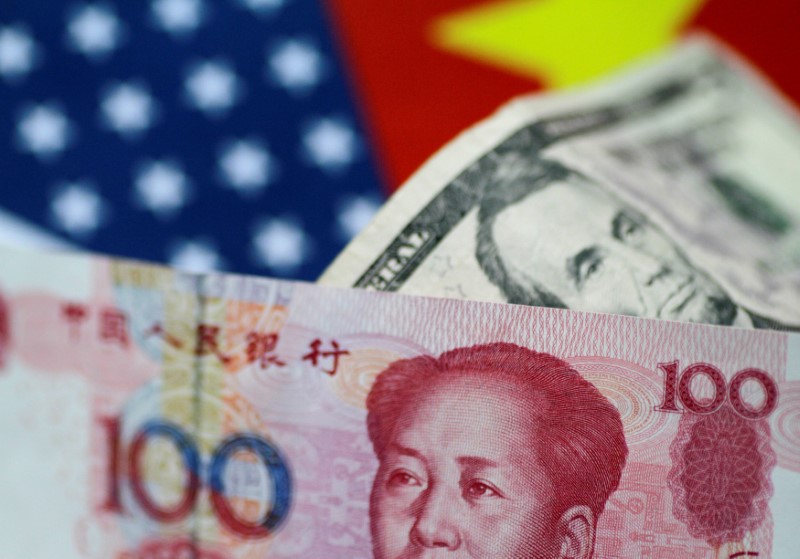By Ambar Warrick
Investing.com — Most Asian currencies moved in a flat-to-low range on Tuesday as growing concerns over the path of U.S. monetary policy kept traders wary of risk-driven assets, while stronger-than-expected Chinese economic data did little to improve sentiment.
rose slightly after data showed that in the first three months of 2023 grew a bigger-than-expected 4.5%, after the country relaxed most anti-COVID restrictions earlier this year.
While the reading indicates that an economic recovery in the country is on track, other readings furthered the notion that a rebound has so far been largely uneven. Softer-than-expected data in particular highlighted continued weakness in the manufacturing sector.
Investment in China’s property sector also slowed, a trend that could weigh on growth later this year. Still, a recovery in China bodes well for the broader Asian economy, given the country’s position as a dominant trading hub.
But most other Asian currencies fell on Tuesday, coming under pressure from strength in the dollar and Treasury yields as markets reassessed their expectations for how high U.S. interest rates will rise.
Risk-heavy Southeast Asian currencies bore the brunt of selling, with the and the down 0.4% each. The was flat after falling sharply overnight, also coming under pressure from new Bank of Japan Governor Kazuo Ueda stating that the bank’s ultra-loose policy will remain for now.
Among outliers for the day, the rose 0.2% as the minutes of the Reserve Bank’s recent meeting showed that the bank may yet hike interest rates further, despite a pause in April.
The and fell slightly on Tuesday, but marked a strong recovery from one-year lows over the past two sessions. show that markets are pricing in a nearly 90% chance the Fed will hike rates by 25 basis points (bps) in May, with a small, but growing possibility of a similar hike in June.
Treasury yields also rose in overnight trade, as hawkish signals from Fed officials and some stronger-than-expected data pushed up fears of more hikes. Focus is now on a slew of Fed speakers in the coming days, ahead of the on May 3.
The prospect of rising U.S. interest rates bodes poorly for Asian currencies, given that it narrows the gap between risky and low-risk yields. Bank of International Settlements head Agustín Carstens also warned that interest rates may need to stay higher for longer due to high inflation and rising risks of instability in the global economy.
Read the full article here




